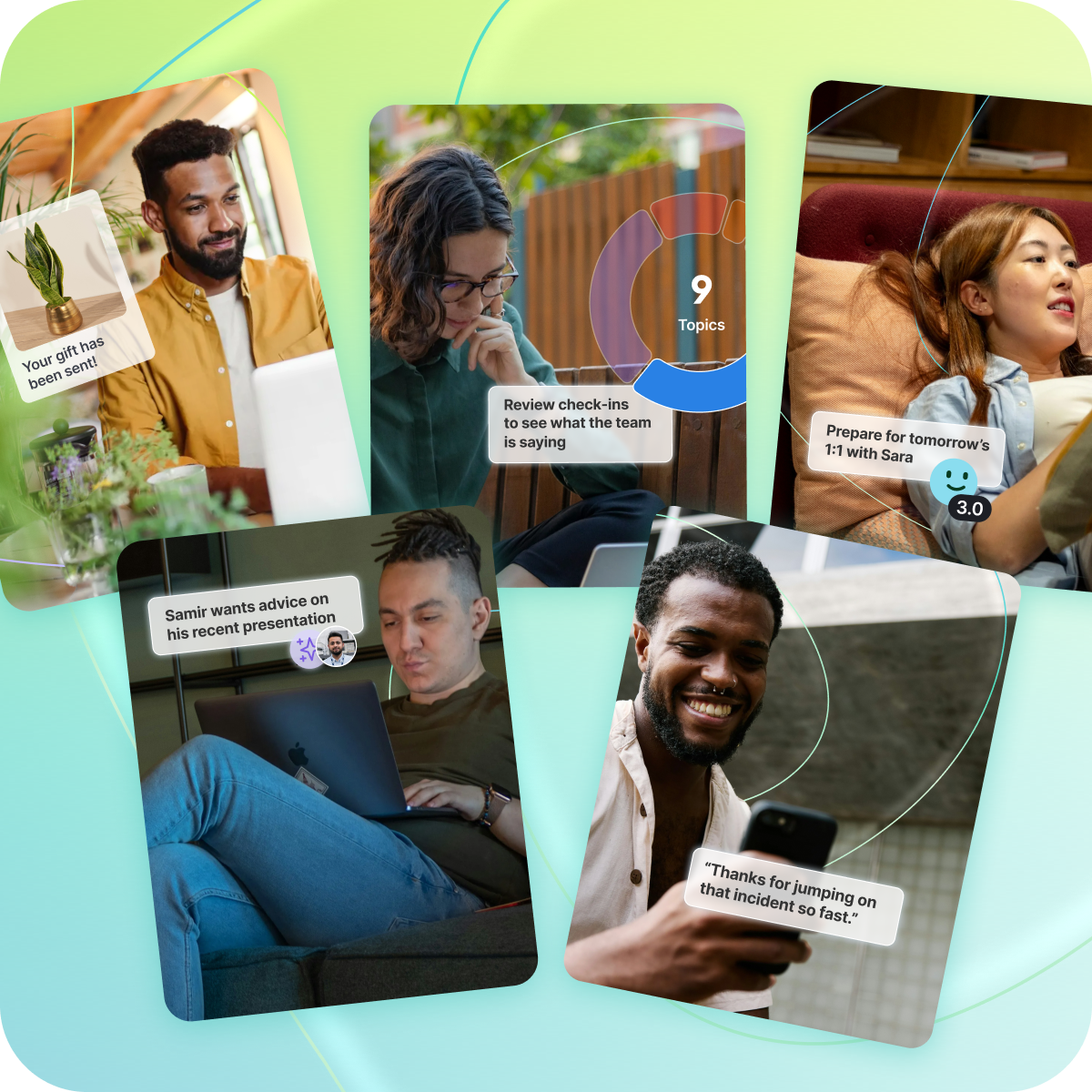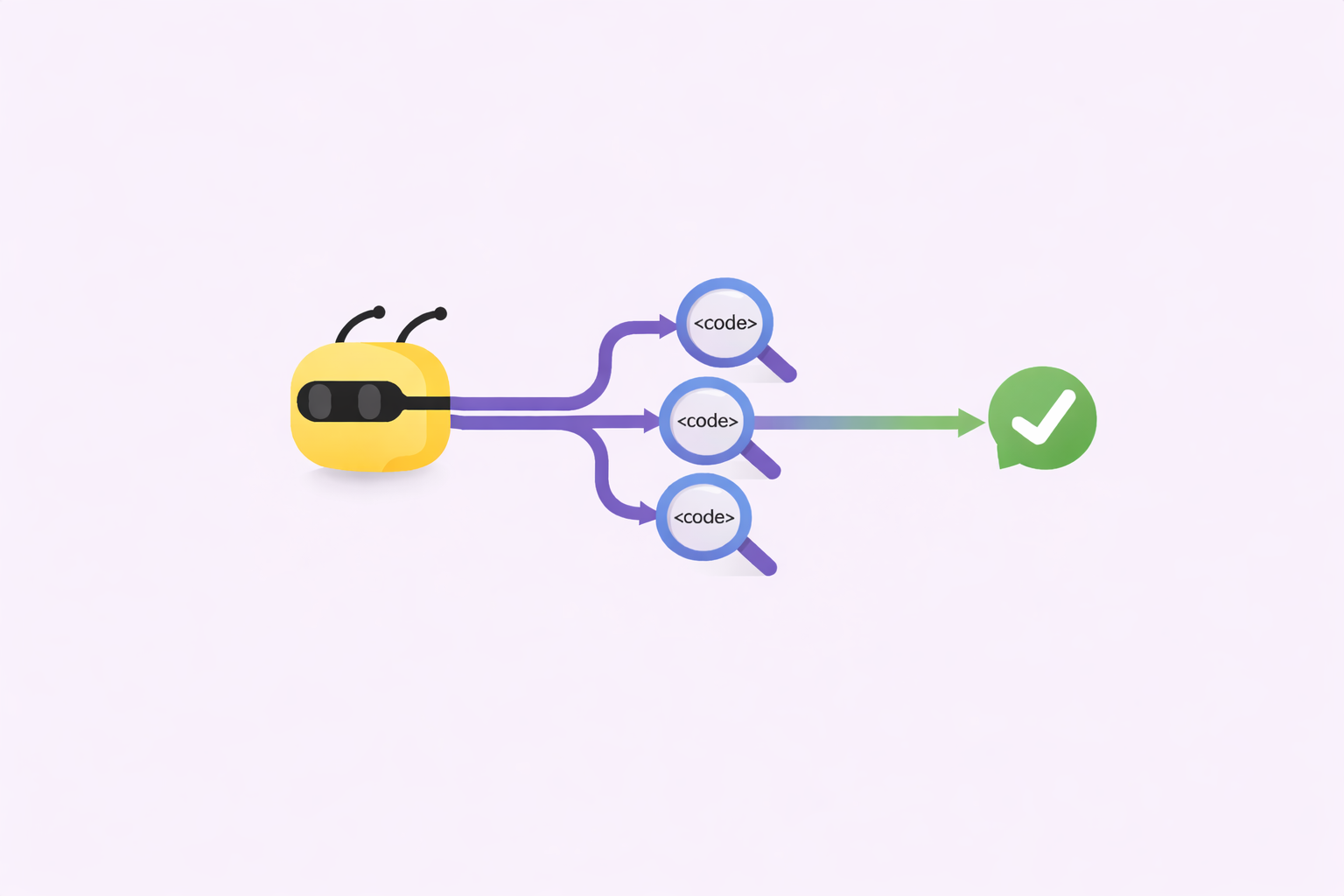Recognition Done Right: Why Today’s Workforce Needs More Than a Pat on the Back

There’s a popular meme that goes viral every six months or so, and it almost always finds its way to my feed.
Perhaps you’ve seen it: it’s a plastic paperweight in the shape of a hamburger, but I think it looks more like a hockey puck. Either way, it’s a 30-year service award at one of the largest and most profitable restaurant chains on the planet.
The meme is designed as rage bait, and I’ve got to confess: it works on me every time. Not just because I agree with the legions of angry commentators who point out that the size of the award is disproportionate to a lifetime of service, but also because the comments are filled with similar stories of companies who get recognition totally wrong—and end up doing more harm than good.
Memes like this trigger me for a few reasons. First, because I’m passionate about helping make work better, and seeing how disillusioned so many people are with their employers is proof there’s a lot of work to be done. Second, because I know that, when recognition is done right, it can be an incredibly positive and transformative force. Finally, because this is not rocket science. Companies who continue to get recognition so wrong are doing it in spite of a plethora of evidence of how to do better by their people.
In today’s dynamic workforce, employee recognition is no longer just a feel-good initiative. While many of us inherently know that recognition can be impactful, we tend to connect its value to intangible or indirect outcomes like retention, engagement or sentiment rather than concrete business results.
To harness the power of recognition, organizations must focus on what can be achieved when recognition is actually done right.
Efforts to shape company culture or employee engagement too often fall into softer strategic initiatives, but the workplace of today and tomorrow requires that we invest in both feel-good measures and strategies that enable our teams to do their best work.

The evolution of employee recognition
When I first started in the workforce, people worked a long time for very little.
Historically, employee recognition revolved around longtime service awards like the meme I mentioned earlier. Plaques for 10 years, a gold watch for 25, and so on. Loyalty was king, and above all else, employees sought job security in the form of long-term commitments to a single company. This was in the early ‘90s. It was a very different world.
But that landscape shifted dramatically after the dot-com bubble burst and Great Recession of ‘08 and ‘09. Many of us witnessed firsthand the fragility of that loyalty as jobs disappeared overnight—even after decades of dedicated service. These events shattered our belief in long-term job security and encouraged a new generation of workers, the Millennials, to eschew tenure and prioritize job hopping instead.
As a result, a new kind of employee recognition emerged—one that was more focused on immediate gratification. By the 2010s, as the tech sector meteorically hit the scene and began competing for talent, companies like Facebook and Google took this new approach to recognition to its extremes. Lavish perks like stocked refrigerators, ping pong tables, and other experiential offerings became the new gold standard. The tech scene set the tone, and soon, companies across sectors began to define their corporate culture based on what beer they had on tap.
Truth be told, these employee experience strategies were less about meaningful recognition and talent development and more about recruiting. The need to quickly onboard talent overshadowed the need for a meaningful recognition strategy that positively reinforces behaviors aligned to business goals. This was back when capital was easier to access and investors had more tolerance and patience for companies’ inefficient growth. And while those types of perks can enhance workplace culture, they risk missing the mark if they don’t connect back to influences or drive performance.
And, as we know now, that war for talent wouldn’t last forever.

A shift toward something more meaningful
Amid this landscape, Bonusly was born, and we held an altogether different point of view. Since our inception, we’ve envisioned a better and more human way to appreciate a job well done—one that doesn’t rely solely on service awards or flashy in-office experiences.
We began a small but mighty movement that believes in the power of real-time, peer-led recognition. We built a platform that allows companies to bring their culture and core values to life. We found a way to not only celebrate achievements, but underscore why they matter, both to the individual and to the business.
Bonusly’s recognition methodology was a game changer. We reimagined traditional, top-down recognition and rewards as a system that creates a culture of positive recognition and influences the right business outcomes. In doing so, we built the only employee recognition platform that fosters both positive and constructive feedback loops, brings teams together around common values and goals, and clarifies expectations as work on key projects unfolds. It moves beyond superficial rewards, transforming recognition into a structured practice that drives both individual and organizational success.

Impact of the pandemic—and a new way of work
And then came 2020—a year that forced many organizations to reconsider their employee experience, engagement, and recognition strategies altogether.
With the shift to remote work and social distancing, traditional perks lost their appeal. As employees faced isolation and uncertainty, many began to reassess what they valued out of work in the first place. This collective introspection heightened the need for professional purpose and belonging—making effective recognition, communication, and alignment around company mission and core values more critical than ever.
And that was while Gen Z was entering the workforce, with new and vocal expectations about workplace flexibility, clarity around goals, and real-time feedback.
Companies felt a sense of urgency to engage their teams in brand new ways. They began to leverage platforms that celebrated employee achievements and contributions, fostering a digital culture grounded in recognition and appreciation. This shift not only helped maintain alignment with company objectives but also addressed rising concerns around engagement and morale.
We’re now four years into our new normal. Remote and hybrid work isn’t going anywhere, and the oldest members of Gen Z are already in their late twenties. Winning companies know they must intentionally transform the way they think about employee recognition in order to come out ahead in this new way of doing work.
The power of Recognition Done Right
At Bonusly, we know that when recognition is done right, it becomes a mission-critical habit that builds organic culture, connects teams, steers performance, clarifies expectations, and improves alignment on key initiatives.
Companies need new strategies to keep team members aligned and energized about critical goals. They need digital tools to spot and amplify behaviors that matter and to clarify expectations around key work. They need ways to bring employees into the fold—to connect their teams and build a sense of camaraderie and belonging. They need to spot and share success stories that bring their mission, vision and core values to life.
And most of all, they need a new digital culture grounded in recognition, collaboration, appreciation, and feedback.
So, what does it look like when recognition is done right?
- Recognition is a form of feedback. Frequent, specific public recognition highlights when people live the values and clarifies what “good” looks like for every person on the team
- Peer-to-peer recognition creates a sense of belonging. Recognition builds the community we once had in office when we could catch up on projects at the water cooler, high five when big projects completed, or bang the gong when you closed a deal.
- Recognition is tied to clear incentives. This creates a virtuous cycle of reinforcement and creates a positive snowball effect on performance, discretionary effort and outcomes.
- Transparency helps both the employee and their manager understand impact. Recognition and feedback provide clarity around a team member’s full body of work, their strengths, impact and opportunities for growth.
People working on teams are the primary drivers of business success. Where, how and why we work has radically changed over the last five years—and because of that our approach to recognition must evolve.
Recognition done right isn’t just about creating a feel-good atmosphere; it’s about harnessing the power of recognition to fuel high performance and drive success in a rapidly changing world.







